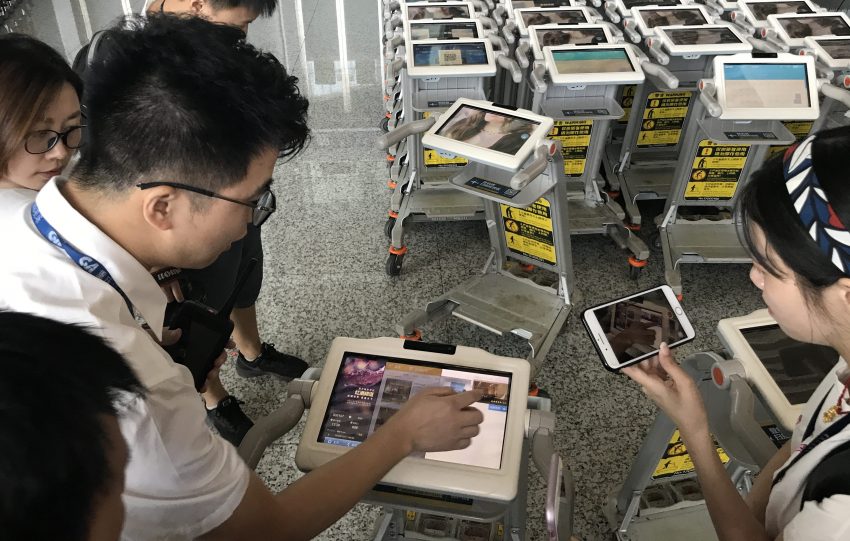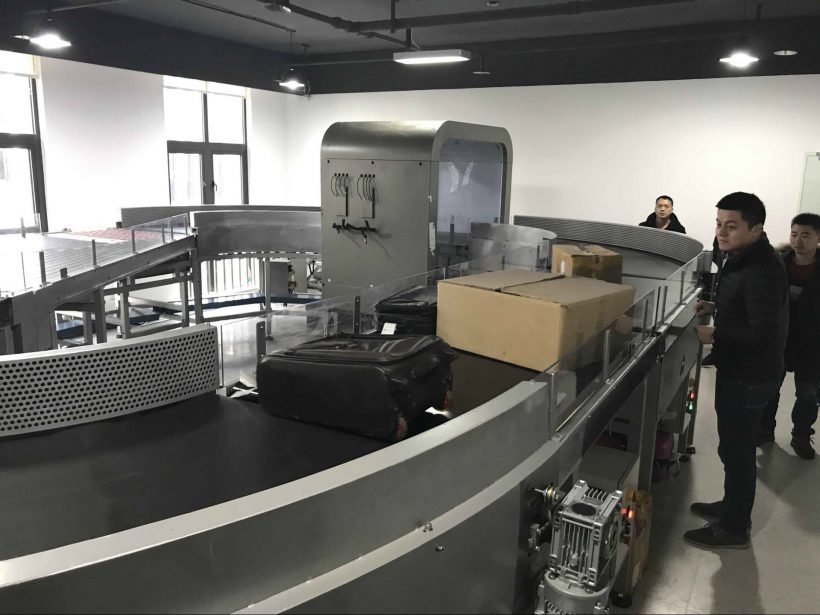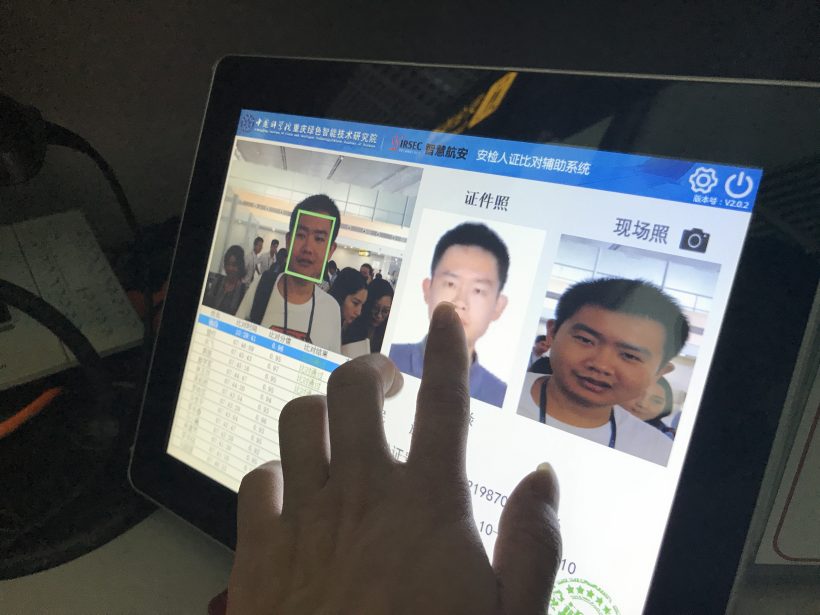By Keqiao Cheng, EDITOR
A smart payment system will be applied in the parking lots of Chongqing Jiangbei International Airport in early August. Furthermore, a number of new cool techs will also show up in this emerging Chinese city.
Such new technologies are expected to bring drastic changes, which is, for this airport, another important project after the realization of the paperless boarding pass.
Parking is automatically paid, and you can shop later
When you register for the smart payment service, the system will match your car plate with your bank card or Alipay account. Thereafter you will not need cash, bank cards or mobile phone to pay the fees when you leave the garage, and an automatic payment will be made upon departure.
Chongqing Airport is gradually moving towards Smart Airport 2.0 Project, and the new smart payment system can be applied to many other areas aside from just parking lots.
According to a manager at the Chongqing Airport, parking lots are only the first step. In the future, the smart payment will be applied to the entire airport. Soon, areas such as dining, shopping, and many others will provide customers with the convenience.
Currently, although there are no technical problems, they are still working on getting businesses connected for the project.

Staff explaining the smart cart system to passengers
Smart carts to show flight information and help passengers navigate through the airport
After passing the security check area, you will find the smart carts. Scanning your boarding pass or typing in flight number will show you the detailed information, including boarding gate, departure time. And the navigation function can take you to anywhere in the airport.
The cart uses IoT (Internet of Things) technology and is equipped with flight information, terminal navigation, mobile phone charging, entertaining videos, and even weather conditions right at your destination. And the best part is, all of these features are free.
No worry about queuing with your E-boarding pass
Nowadays, passengers can use WeChat or apps to check in, select seats, and obtain electronic boarding passes. With electronic boarding passes, passengers can easily complete the security verification, gate scanning verification and other processes.
After the launch of the paperless-flight project, passengers can now save time, and no longer have to wait in tedious queue lines.
In the past, passengers were often dealing with the problem of losing their boarding passes right before boarding time. Because of these issues, according to a manager at the Chongqing Airport, the launching of the paperless flight is a key link to provide passengers with efficiency and convenience on each trip.

Travelers are waiting at the baggage reclaim area of Terminal 3
Luggage visualization makes your belongings traceable
The new terminal of Chongqing Jiangbei International Airport has equipped with the luggage visualization system. The screen can show you the clear trace of how is your luggage moved from the aircraft to the baggage reclaim area. This system efficiently alleviates passengers’ anxiety when waiting.
Facial recognition allows passengers to pass through security check within seconds
The system can immediately verify a passenger’s identity when the camera scans his or her face, and it is connected to the police department.

Facial recognition shortens the security check time
Automatic luggage pairing by scanning your boarding pass
Chongqing Airport has recently introduced a portable baggage pairing system. Without changing the existing layout of the security inspection process, passengers now only need to scan their boarding passes to obtain their luggage, which helps to automatically link together passenger information, carry-on baggage picture information and baggage screening time.
This technology helps to achieve the three-step goal of the carry-on baggage screening process: locating, tracking, and matching, and also provides ease and convenience for security personnel. The on-scene reporter has found out for themselves just how simple this process is. By simply scanning the code on their boarding pass, they experienced the new person-to-bag correspondence.
In addition, Chongqing has also implemented a temporary identity self-service system, which has been up and running in both the T2 and T3 terminals. If passengers have lost, forgot their ID, or are holding a damaged or expired ID card, they can now retrieve a free check-in identity certificate in less than one minute.
International passengers can complete border inspection within 9 seconds
There are currently 15 self-service channels for border inspection at the T3A terminal of the Chongqing Airport. Passengers can go through this self-service process in as little as 9 seconds by swiping their passports (which require a boarding pass before they go through), and then complete fingerprinting and facial recognition.
Self-service border inspection can be completed within 9 seconds, with no need for staff inspection throughout the entire process, which greatly improves efficiency and reduces passenger queue time.
There is also a self-service printer behind the self-service inspection channel. Passengers can print the certificate of their last entry on the printer, free of charge. This entry certificate has the same effect as the Chinese border inspection seal on the entry and exit certificates that are issued by the border inspection authorities.
Source: CQCB.com
No comments:
Post a Comment